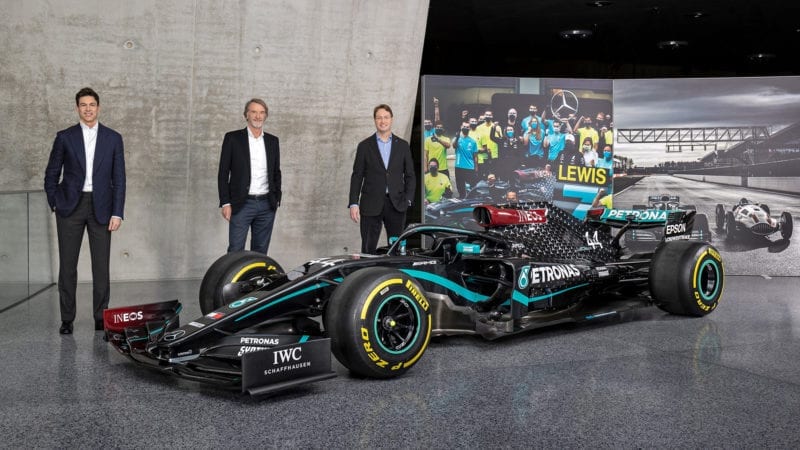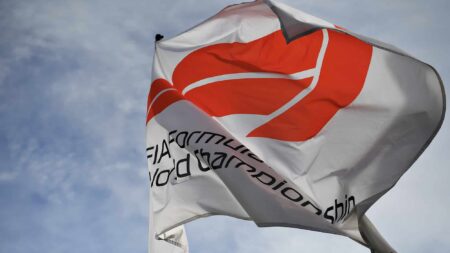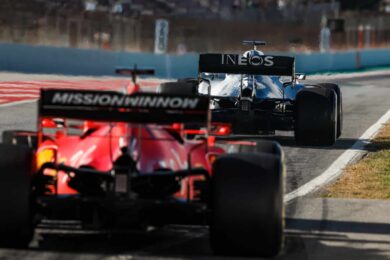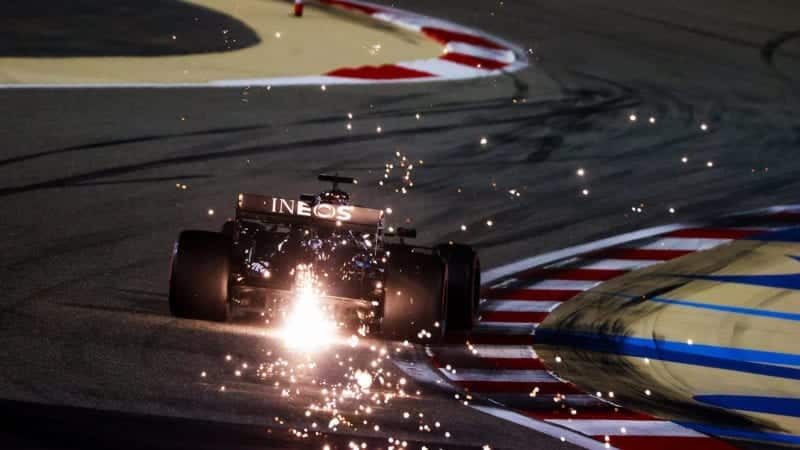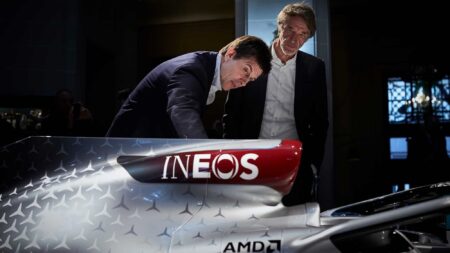There’s a new strata appearing in the sediment of F1’s 70 year history, and the change is being driven by two key factors that came into play this year.
The first was F1’s new commercial rights deal, the Concorde Agreement. Signing it immediately made every team on the grid more valuable.
It gives each of the teams a licence to race in Formula 1 for the next five years and imposes a $200m entry fee on any new entrant. The effect is that the cost of buying a team — and bypassing the entry fee — has gone up.
At the same time, getting involved in F1 has suddenly become more appealing. A budget cap, set at $145m for next year, will end outlandish spending. There’s also a more equal revenue distribution through the Concorde Agreement.
To make a small fortune in F1, you no longer need to start with a large one. In fact, Wolff believes that teams will become profitable rather than sucking millions from their beleaguered owners.
“Teams have always fought for resources in order to perform on track,” said Wolff. “And now it turns to real sport franchises.
“We are capped with a financial limit that means chassis teams will turn into profitability. And that’s why it becomes interesting.”
